Form in photography can be difficult to implement – but once you’ve got the hang of it, your photos will have more depth, dimension, and look all-around stunning.
So what actually is form? And how can you use it for stunning photos?
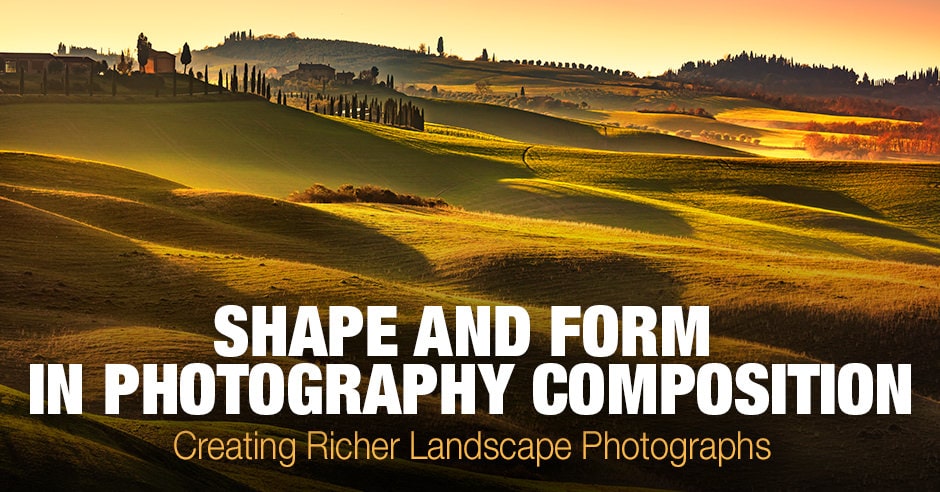
In this article, I will share everything you need to know about form in photography, including how you can enhance it with light, perspective, and depth for beautiful results. I’m also going to explain how you can create form by paying careful attention to shape and light.
So if you’re ready to become a form expert…
…then let’s get started.
What Actually Is Shape in Photography?
Shape in photography is exactly what it sounds like:
The two-dimensional appearance of objects as they’re captured by your camera.
For instance, if you look at a photo of a ball, you’ll see its shape: a circle.
If you look at a photo of a cube-shaped suitcase, you’ll see its shape: a square.
And if you look at a photo of a tall building, you’ll see its shape: a rectangle.
Note that all of these shapes – as with all shapes in photographic composition! – are two-dimensional. They have a width and a height, but they have zero depth. That’s the nature of shape; it has length and width but does not have depth.
Now, because photography is a two-dimensional medium, photographed objects naturally have shape.
(Remember, shape in this context is always two-dimensional.)
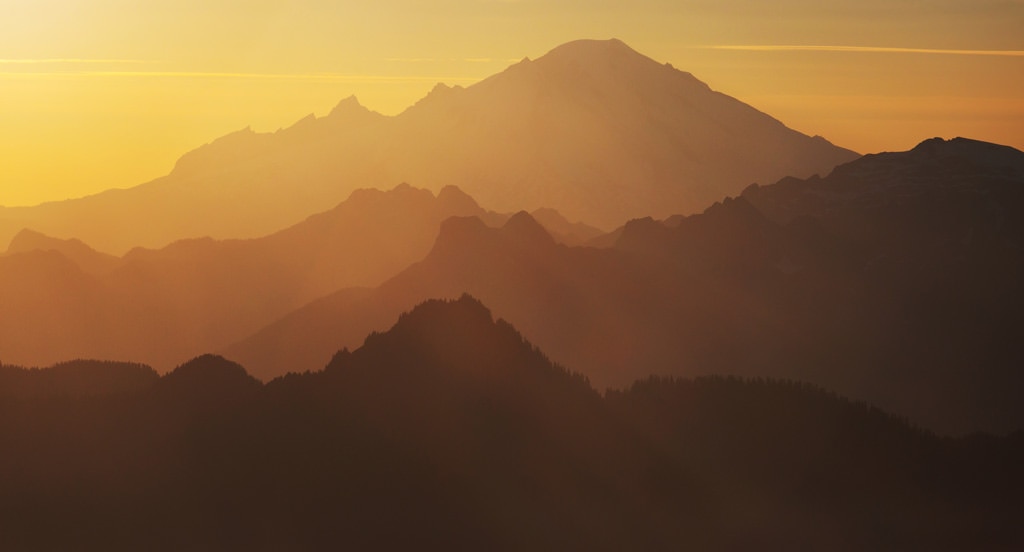
And shape takes up a photo. By including objects with shape in your compositions, you’ll fill the frame.
However, even if you include objects with shape, your photos may seem a bit flat.
Why?
Because, as I explained above, shape has no depth!

If you want depth in your photos, you have to go beyond shape – to create form.
What Actually Is Form in Photography?
Form photography definition: Form in photography refers to the three-dimensional appearance of shapes and objects in a photo. It is one of the six essential elements of photography composition.
So while a cubic suitcase has a square shape, if you photograph it in a certain way, it’ll have the form of a cube.
And while a building has a rectangular shape, if you photograph it in a certain way, it’ll have the form of a rectangular prism.
These objects have width and height, plus depth. That’s form.
While shape in photography is natural, you have to work to create form.
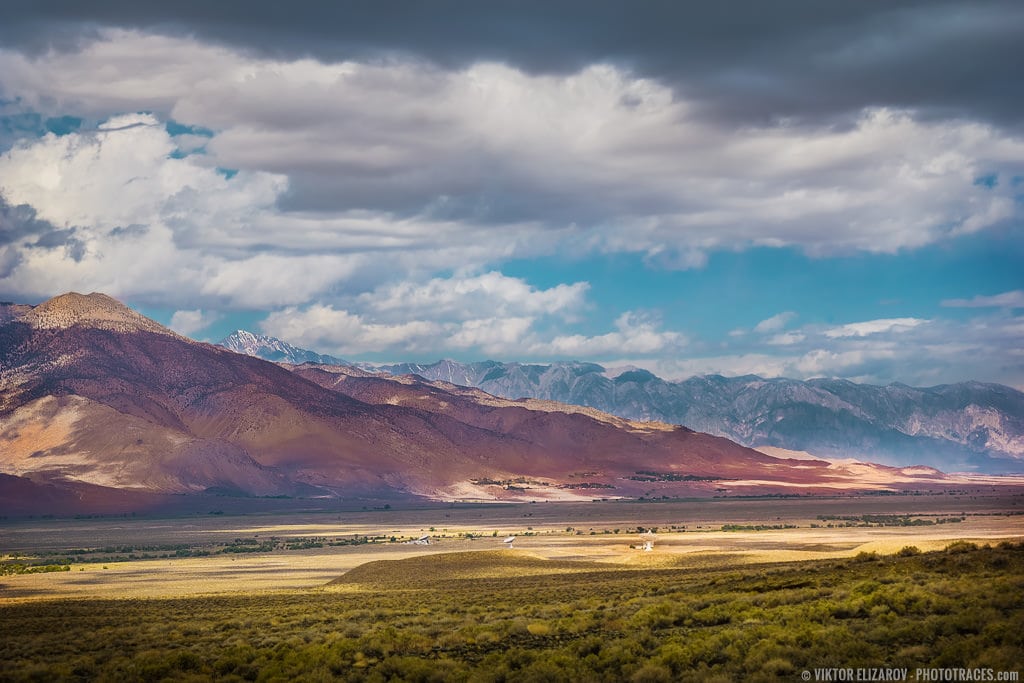
If you want the objects in your photos to look three dimensional, you have to photograph them in certain ways – with the light coming from certain directions, with your camera angled for certain perspectives, etc.
Then, once you’ve created form, you can change your composition to adjust how it appears.
For instance, by photographing a subject from above, the object may seem very flat…
…but by photographing it from down below, it may suddenly appear huge and bulky!
While I’ll talk more about adjusting form for creative results later on in this article, just know that the same object can be perceived in different ways, depending on how you produce and enhance its form.
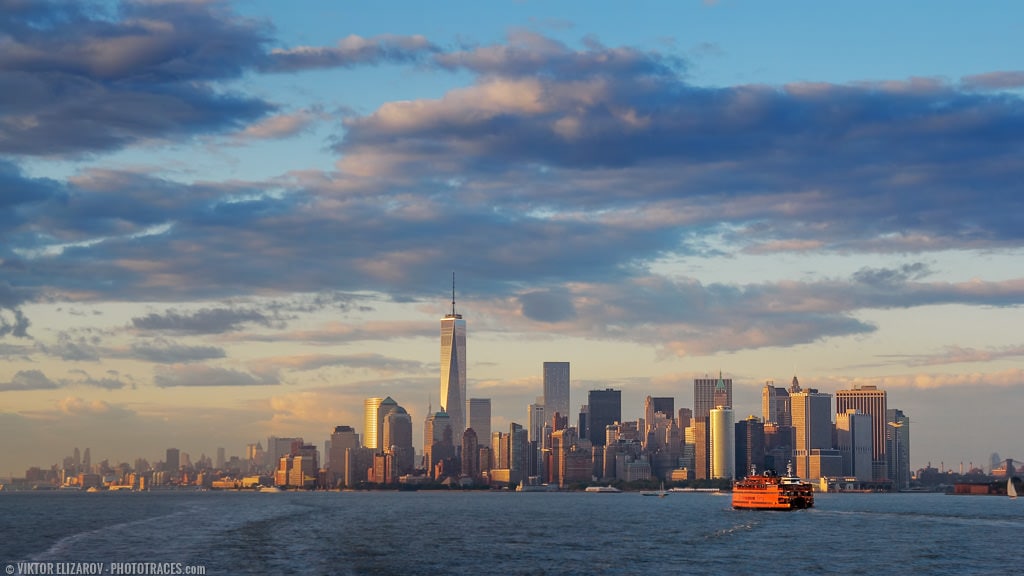
Why Is Form Important in Photography?
Form is what makes an object seem three-dimensional.
And the more three-dimensional an object appears, the more it’ll pop off the screen.
Of course, you can capture formless photos that look nice.
But generally speaking, more form will enhance a photo. For one, form makes objects seem more realistic and lifelike, because they have depth, not just shape. Plus, form helps draw viewers further into a photo, by tricking them into believing that the photo as a whole has depth – and that they could step straight into the photo if they tried.
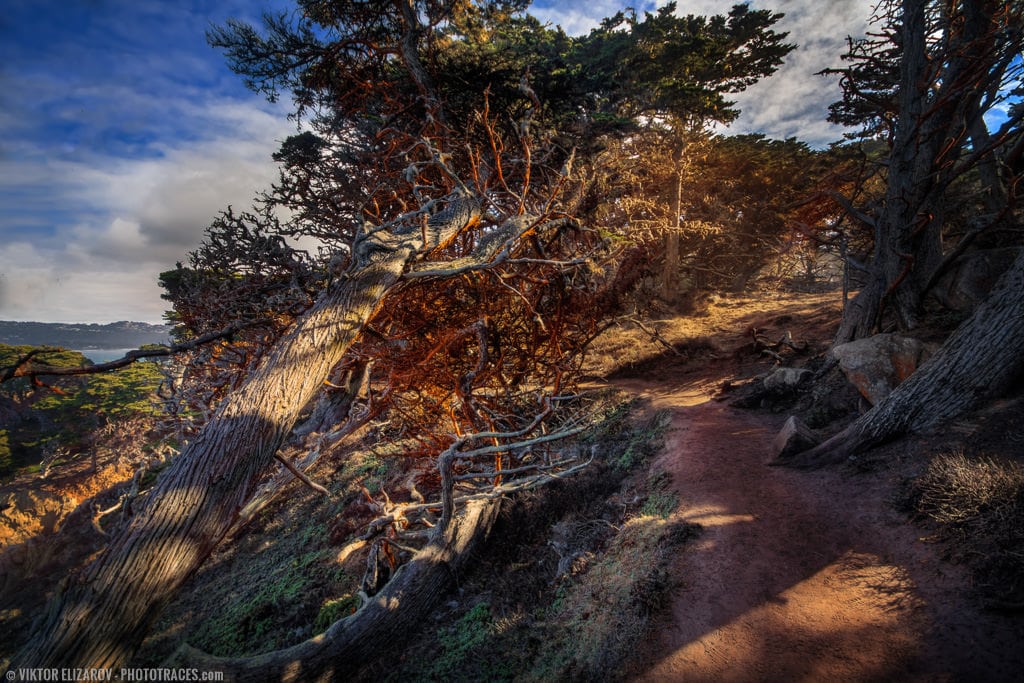
Examples of Form in Photography
You’ll see form all the time in photography.
For instance, portrait photographers create form by sculpting their subjects with light. Through careful use of tonal gradations, a human face can go from a two-dimensional circle to a three-dimensional sphere.

Landscape photographers also use light to create form. Sidelight is a great way to give mountains and rock formations plenty of depth:
And by including powerful foreground subjects and background subjects in a single composition, landscape photographers ensure that the whole scene has depth.
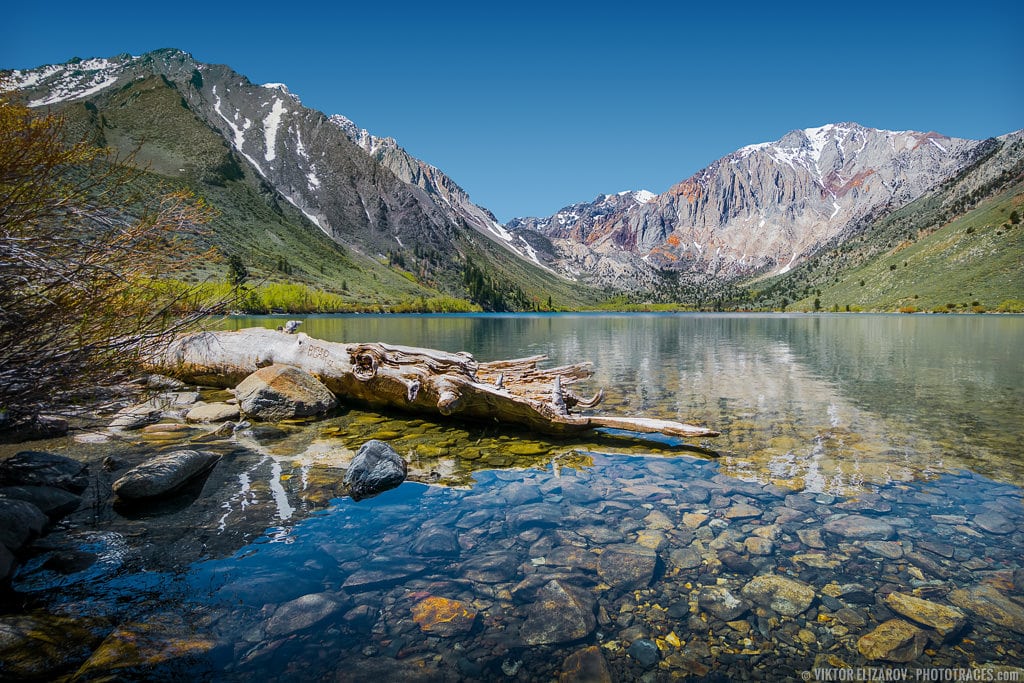
How Can You Use Form in Photography for Stunning Results?
Seeing shape in photography is easy.
But if you’re recognizing form for the first time…
…you may struggle to understand where it exists and where it comes from.
That’s why I recommend you try a neat little trick:
Shoot in black and white.
You see, black and white allows you to discard all the distractions that come with color photography, and hone in on the tonal variations that actually produce form.
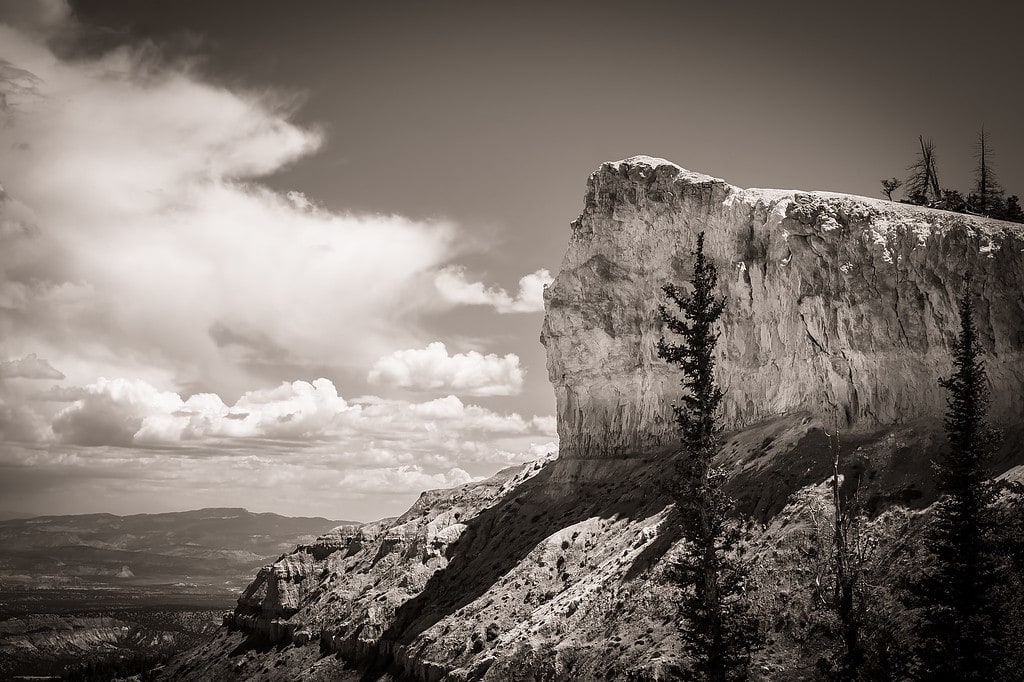
If you have a mirrorless camera, I recommend setting your electronic viewfinder to display in black and white.
If you use a DSLR or your mirrorless camera doesn’t include an EVF, you can always work in Live View via the rear LCD.
Make sense?
Now let’s take a more in-depth look at how you can create and enhance form in photography.
Use Light to Emphasize Form in Photography
Light affects form in two primary ways:
Through its quality, and through its direction.
Quality of Light
You see, soft light creates lots of form because it produces subtle tonal gradations that give an object depth.
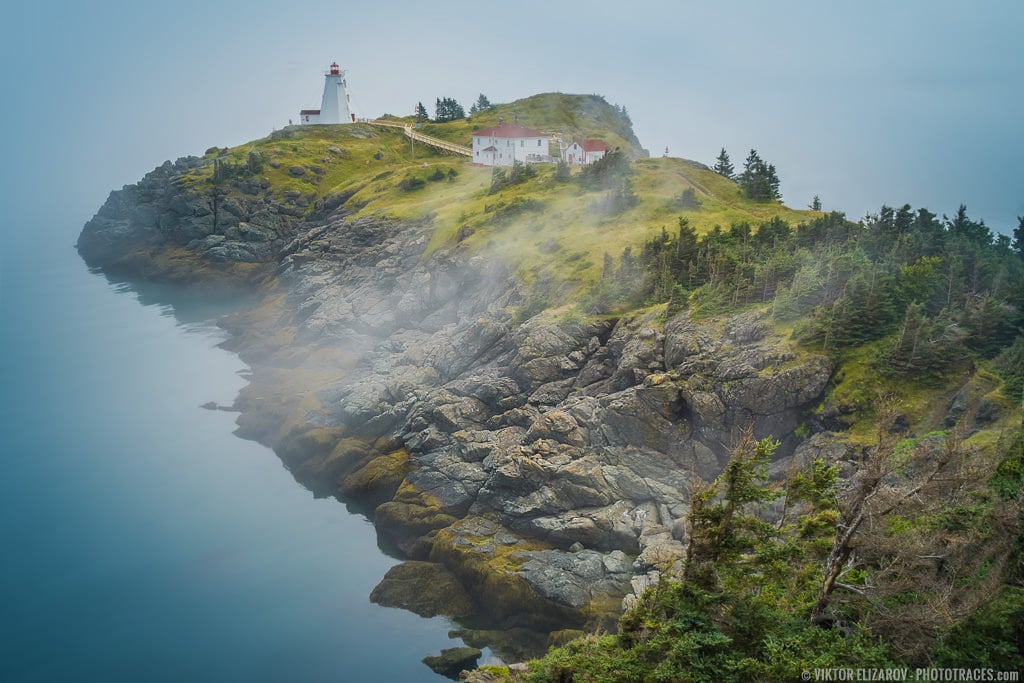
Whereas hard light creates very little form because the intense contrast between light and shadow makes for a flat photo.
Direction of Light
Sidelight tends to produce lots of form because it creates beautiful, soft gradations from light to dark and dark to light.
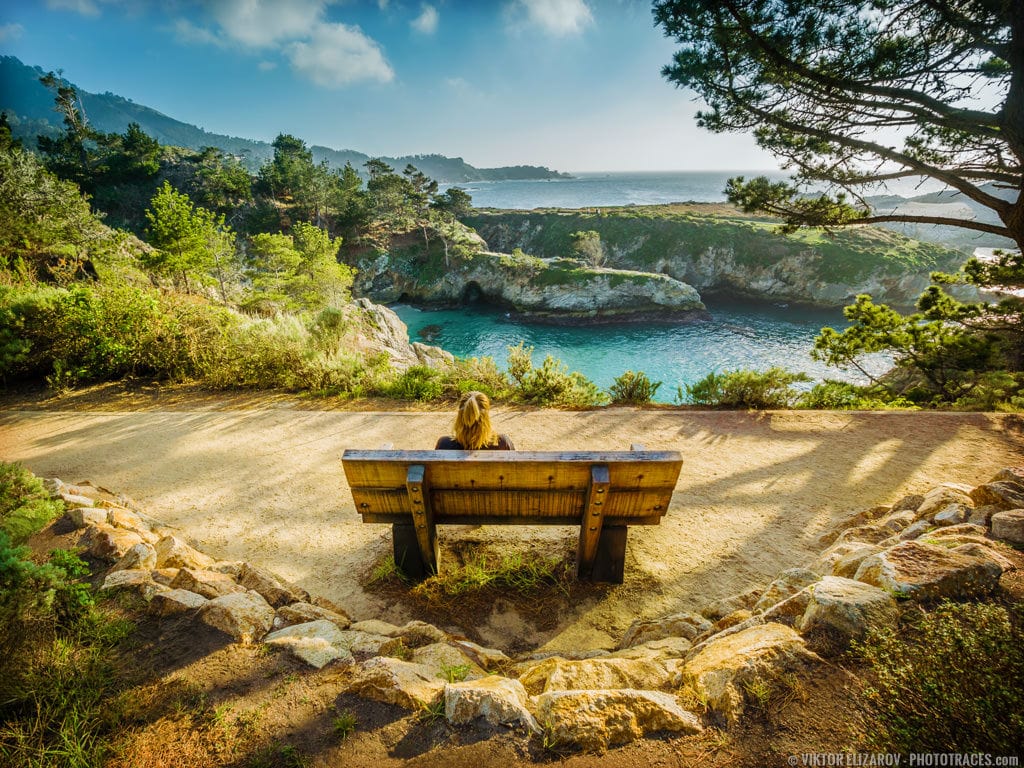
Backlight and frontlight, however, don’t add much form; frontlight covers entire objects with light and gets rid of shadow, whereas backlight covers entire objects with shadow and gets rid of light.
So if your aim is to create or enhance form, you’ll want to increase light softness, while lighting your subject from the side.
Change Perspective to Highlight Form in Photography
Different perspectives can increase or reduce form in photography.
If you want to add form to an object, you can get down low; this will often elongate objects and make them appear large and bulky.
If you want to reduce form, you can shoot an object straight on, which often causes it to compress in on itself (for a flat look).

You can also enhance these perspective shifts by changing your focal length. Telephoto lenses will compress the scene, reducing form. And wide-angle lenses will expand the scene, increasing form.
Use Depth to Affect Form in Photography
Depth and form directly correspond to one another.
So the more depth a photo has, the more form it has, and vice versa.
That’s why including a foreground element and a background element enhances depth and form.

And it’s why using a shallow depth of field, which blurs the background to give the scene even greater depth, adds form to a composition.
Just remember:
Depth equals form.
So the more you add depth to the scene…
…the more form you’re able to create!
Shape and Form in Photography | Conclusion
Form is a powerful compositional tool.
And once you’ve mastered form, you’ll be able to apply it for beautiful results in your photos.
So remember some of the tips included in this article…
…and start practicing!

